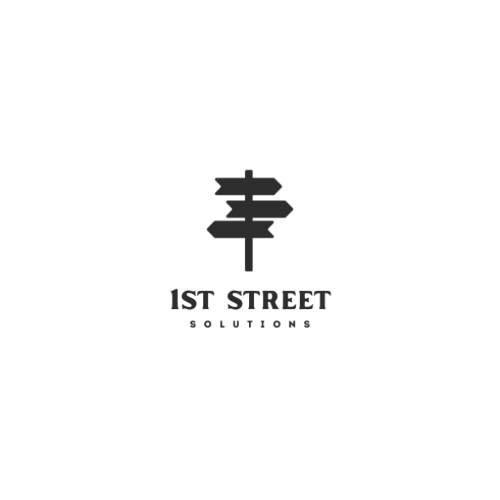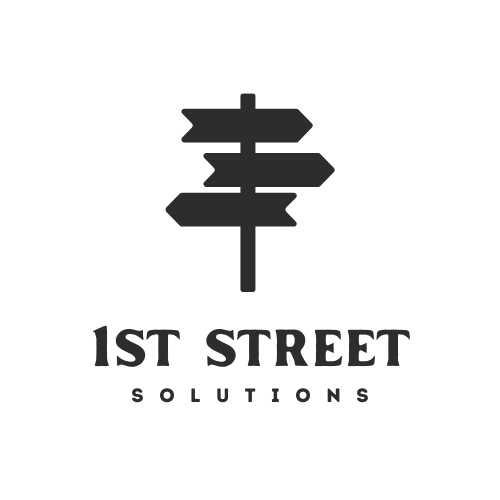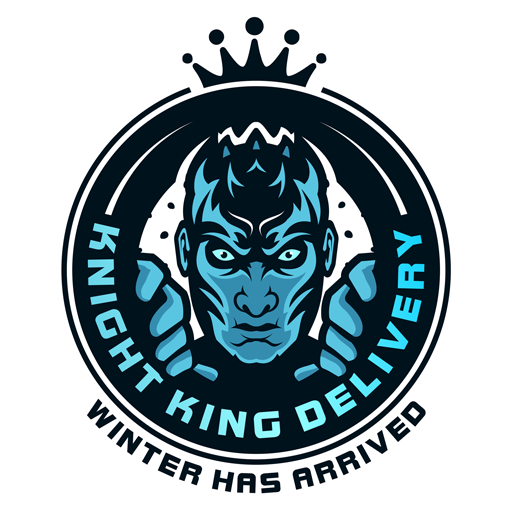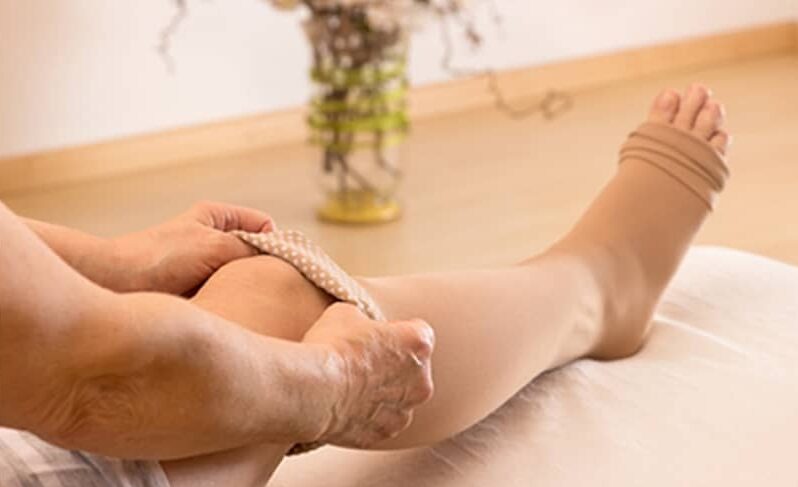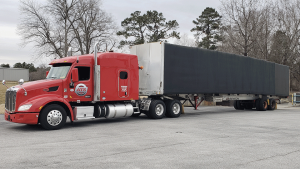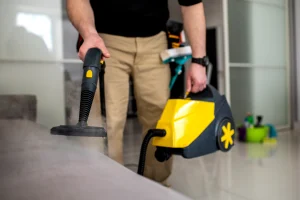When it comes to improving leg health and appearance, modern vein treatments have advanced far beyond traditional surgical methods. Today’s procedures are minimally invasive, safe, and highly effective for both medical and cosmetic concerns. Whether you suffer from varicose veins, spider veins, or chronic venous insufficiency, visiting a trusted vein treatment center can make a significant difference in your comfort and confidence. In this guide, we’ll explore the most effective vein treatments available today, what they involve, and what to expect when you consult a professional.
What Is a Vein Specialist Called and Why Should You See One?
Before discussing treatment options, it’s important to understand what is a vein specialist called. A vein specialist is often known as a phlebologist—a doctor who focuses on diagnosing and treating venous diseases. Some vascular surgeons and interventional radiologists also specialize in vein care. These experts have advanced training to manage all types of vein conditions using modern techniques that minimize discomfort and recovery time.
Visiting a vein treatment center staffed with experienced specialists like those at Vein Treatment California ensures you receive an accurate diagnosis and a personalized treatment plan tailored to your specific condition.
Why Should You Consider Modern Vein Treatments?
Modern vein treatments are designed to address both the root cause of venous issues and their visible symptoms. Unlike traditional vein stripping surgery, these newer procedures involve little to no downtime, minimal discomfort, and excellent cosmetic outcomes.
If you experience leg pain, swelling, heaviness, or visible veins, these signs could indicate an underlying circulation problem. Ignoring them can lead to complications such as skin discoloration, ulcers, or blood clots. Early intervention by specialists at Vein Treatment California helps prevent these complications while improving overall leg health.
What Are the Most Common Minimally Invasive Vein Treatments?
Today’s vein treatment centers offer several minimally invasive procedures that deliver fast, long-lasting relief. Let’s explore the most effective options available:
- Endovenous Laser Ablation (EVLA)
Endovenous Laser Ablation is one of the most commonly performed treatments for varicose veins. It uses laser energy to close off faulty veins, rerouting blood flow through healthier veins.
- Procedure: A thin laser fiber is inserted into the vein under ultrasound guidance. The laser energy heats and seals the vein wall.
- Benefits: Quick recovery, minimal scarring, and immediate symptom relief.
- Ideal for: Patients with larger varicose veins or chronic venous insufficiency.
- Radiofrequency Ablation (RFA)
Similar to EVLA, this technique uses radiofrequency energy instead of laser heat. The process effectively collapses and seals diseased veins.
- Procedure: A catheter delivers controlled heat to the vein, causing it to close.
- Benefits: Less discomfort and faster healing compared to traditional surgery.
- Ideal for: Patients seeking a gentle and effective treatment option for medium to large varicose veins.
- Sclerotherapy
Sclerotherapy is a time-tested treatment ideal for smaller veins, especially spider veins.
- Procedure: A sclerosant solution is injected into the vein, causing it to collapse and fade over time.
- Benefits: No anesthesia required, minimal side effects, and quick results.
- Ideal for: Cosmetic improvement of small varicose and spider veins.
- VenaSeal Closure System
The VenaSeal method is a modern, glue-based treatment that closes problematic veins using a medical adhesive.
- Procedure: A catheter delivers a special adhesive to the vein, sealing it permanently.
- Benefits: No heat, no compression stockings required, and minimal recovery time.
- Ideal for: Patients who prefer a non-thermal, non-surgical approach.
- Ambulatory Phlebectomy
This procedure removes larger surface veins through small punctures in the skin.
- Procedure: The specialist uses a tiny hook to extract the vein through micro-incisions.
- Benefits: Immediate cosmetic improvement and minimal scarring.
- Ideal for: Bulging varicose veins close to the skin’s surface.
- Laser Therapy for Spider Veins
For very small veins that are difficult to inject, surface laser therapy can be effective.
- Procedure: A laser beam targets and destroys small spider veins.
- Benefits: Non-invasive and quick, with visible results in just a few sessions.
- Ideal for: Facial and leg spider veins.
How Do You Know Which Vein Treatment Is Right for You?
Choosing the best procedure depends on your vein condition, symptoms, and overall health. During your consultation at a vein treatment center, your specialist will perform a detailed ultrasound to map out your veins and identify the underlying cause of your symptoms.
They will then recommend a treatment plan that targets both cosmetic and medical needs. For example:
- If you have visible spider veins, sclerotherapy or laser therapy may be ideal.
- If you have large varicose veins, EVLA or RFA may be more effective.
- For patients with allergies to sclerosants or heat sensitivity, VenaSeal is an excellent option.
Each procedure offers distinct benefits, but all aim to restore healthy circulation and eliminate discomfort.
What Should You Expect During Recovery?
Recovery from modern vein treatments is typically fast and straightforward. Most patients can walk immediately after the procedure and return to normal activities within a day or two.
- Compression Stockings: Depending on the treatment, your doctor may recommend wearing compression stockings for a few days.
- Exercise: Light walking helps promote blood flow and prevents clotting.
- Follow-up Visits: Ultrasound check-ups ensure the treated vein remains closed and circulation is healthy.
Mild bruising or tenderness may occur but typically subsides within a week. Compared to older surgical methods, modern treatments at Vein Treatment California provide smoother, quicker recovery experiences.
Are These Treatments Safe and Covered by Insurance?
Most minimally invasive vein treatments are FDA-approved and have high success rates. Complications are rare when performed by trained specialists.
Regarding insurance, procedures for medical vein conditions (like chronic venous insufficiency or painful varicose veins) are often covered. Cosmetic procedures, however, such as spider vein removal, may not be included. It’s best to consult your vein treatment center for a detailed cost and coverage estimate.
What Are the Long-Term Results of Vein Treatments?
Modern vein procedures offer long-lasting results. Once a diseased vein is closed or removed, it does not return. However, new veins can become affected over time, especially if lifestyle risk factors persist.
To maintain results:
- Stay active and avoid prolonged sitting or standing.
- Maintain a healthy weight.
- Wear compression stockings if recommended.
- Schedule regular check-ups with your vein specialist.
By following these steps, you can enjoy healthy, beautiful legs for years to come.
Why Choose Vein Treatment California for Your Vein Care?
At Vein Treatment California, patients receive the highest standard of care from experienced vein specialists who use the latest diagnostic and treatment technologies. The clinic prioritizes personalized care, comfort, and lasting results. Whether you need relief from pain or wish to improve your leg appearance, their team ensures safe, effective, and compassionate treatment from start to finish.
Conclusion: Take the First Step Toward Healthier Legs
If you’ve been struggling with leg pain, swelling, or visible veins, it’s time to explore your options. Modern, minimally invasive vein procedures can restore both your confidence and circulation with minimal downtime. Consulting a skilled phlebologist—the medical term for a vein specialist—is the first step toward lasting relief.
A reputable vein treatment center like Vein Treatment California can help you find the most effective treatment for your specific needs, guiding you toward healthier, more beautiful legs today.
